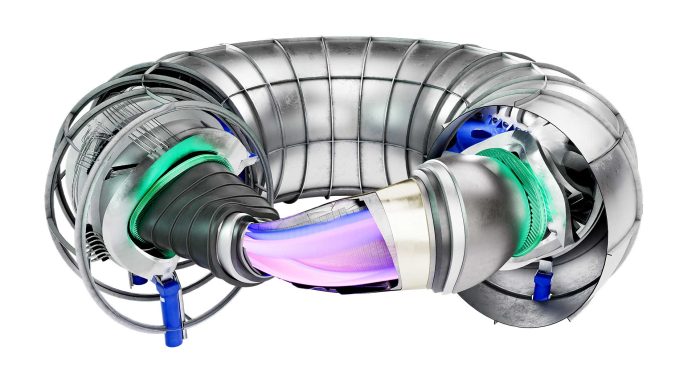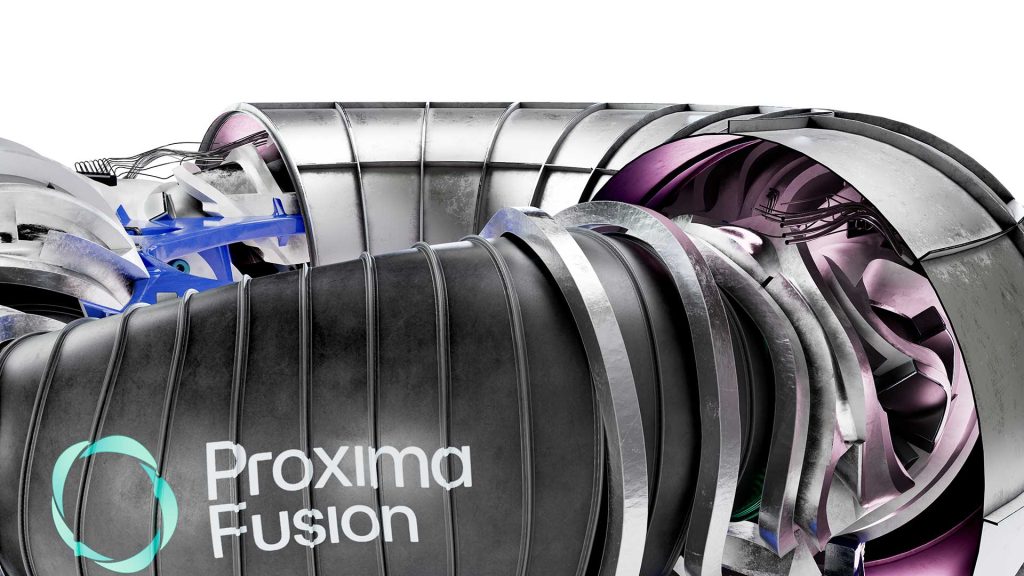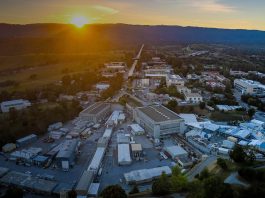Proxima Fusion and its partners have announced a major milestone in the quest for limitless, clean energy – unveiling the world’s first fully integrated concept for a commercial fusion power plant.
The groundbreaking fusion power plant design, known as Stellaris, marks a significant leap toward reliable, continuous fusion energy generation.
Dr Francesco Sciortino, Co-Founder and CEO of Proxima Fusion, commented: “The path to commercial fusion power plants is now open.
“Stellaris is the first peer-reviewed concept for a fusion power plant that is designed to operate reliably and continuously without the instabilities and disruptions seen in tokamaks and other approaches.
“Given increasing global energy demands and the escalating need for European energy security, unlocking limitless, clean energy through fusion has never been more urgent, and Proxima is committed to leading Europe into a fusion-powered future.”
From research to reality: The Stellaris concept
The Stellaris concept builds on the record-breaking performance of Wendelstein 7-X (W7-X), the world’s most advanced quasi-isodynamic (QI) stellarator.
Led by the Max Planck Institute for Plasma Physics (IPP), W7-X has been the focus of over €1.3bn in funding from the German Federal Government and the European Union.
Now, Proxima Fusion, the IPP’s first spin-out company, is leveraging this research to bring fusion power closer to commercial reality.
By integrating cutting-edge theoretical and experimental work with expertise from industry leaders – Google, Tesla, McLaren Formula-1, and SpaceX – Proxima Fusion has designed a stellarator capable of operating efficiently and continuously.
A compact, high-power solution
Stellaris introduces a new level of efficiency in fusion power plant design.
By utilising high-temperature superconducting (HTS) magnet technology, the reactor’s magnetic fields are significantly stronger, allowing for a more compact and efficient system.
This breakthrough enables faster construction, improved energy generation, and cost-effectiveness compared to earlier stellarator concepts.
Additionally, Stellaris relies solely on materials available today, ensuring seamless integration with existing supply chains.
The fusion reactor design meets all major physics and engineering constraints, validated through extensive electromagnetic, structural, thermal, and neutronic simulations.
Unlike traditional approaches requiring decades of incremental improvements, Proxima Fusion is taking a bold leap forward with its demonstration stellarator, Alpha.
Key technical advancements
Stellaris incorporates several groundbreaking features that push the boundaries of fusion technology:
- A precisely optimised magnetic field for maximum energy production.
- Advanced support structures designed to withstand full-power operational forces.
- Effective integration of HTS technology, ensuring superior heat management.
- A novel neutron blanket concept adapted to stellarator geometry for efficient energy capture.
Dr Jorrit Lion, Co-Founder and Chief Scientist of Proxima Fusion added: “For the first time, we are showing that fusion power plants based on QI-HTS stellarators are possible.
“Stellaris design covers an unparalleled breadth of physics and engineering analyses in one coherent design. To make fusion energy a reality, we now need to proceed to a full engineering design and continue developing enabling technologies.”
A clear roadmap to fusion energy
Proxima Fusion is committed to making fusion power a commercial reality. By 2027, the company will demonstrate its Stellarator Model Coil (SMC) to de-risk HTS technology for stellarators fully.
The next major milestone, the demonstration stellarator Alpha, is scheduled for 2031. With these advancements, Proxima Fusion aims to deliver limitless, safe, and clean fusion power plant technology to the grid in the 2030s.
The fusion revolution is closer than ever, and Proxima Fusion’s innovative approach is leading the charge toward a sustainable energy future.










